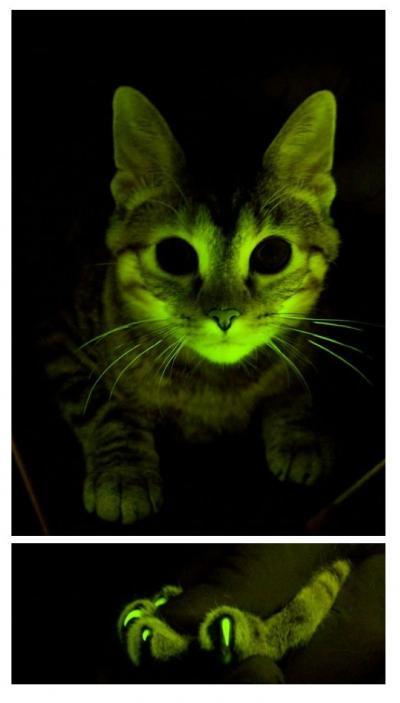A new study provides a Feline Musculoskeletal Pain Screening Checklist to help veterinarians and owners to identify cats experiencing DJD-associated pain.
The team behind the new checklist were concerned that feline DJD remains under-diagnosed and under-treated in veterinary practice; at least 40% show related signs of pain while up to 90% of cats are likely to have radiographic signs of DJD.

Limping is often not a symptom
Many people may associate limping with joint pain, but that is a less common sign of DJD in cats. More typical behavioral signs of DJD, such as difficulty navigating stairs, are considered normal aging.
To create the guidelines, the authors collated questionnaire data from five studies previously carried out at the Translational Research in Pain Program at North Carolina State University. This enabled them to compare 249 cats with, and 53 cats without, DJD-associated pain, and, via a multistep process of analysis, develop a set of questions that can be answered with a straightforward 'yes' or 'no'. After some further refinement, they came up with a final checklist comprising six questions. These ask whether a cat can jump up and down normally, climb up and down stairs normally and run normally, and whether it chases moving objects such as toys and prey. The checklist can also be used for owners and cats living in a single-storey home by excluding the questions about stairs.
In developing the Feline Musculoskeletal Pain Screening Checklist, the researchers compared the scoring of owners who were both aware or unaware of the link between DJD and pain in cats. Unsurprisingly, they found a gap in the responses between the groups, with a higher percentage of 'DJD-informed' owners scoring their cats as impaired for every question. The authors suggest that, given the high prevalence of feline DJD, many cats with undiagnosed DJD would nonetheless still be identified using the checklist; and, when coupled with owner education and engagement in watching for behavioral changes in their cats, the detection of DJD should improve even more.
The authors conclude that this checklist not only provides a clinically expedient tool likely to increase vets' ability to screen for DJD pain in cats, but it may also further provide a foundation for increasing awareness of DJD pain among cat owners. Cats being cats are more likely to display behavioural signs of DJD-associated pain at home compared with in the veterinary clinic, meaning owners are well placed to help in the diagnosis of this condition. The idea is that the checklist can be completed quickly by owners, and if 'no' is selected for any question, this will prompt further evaluation by the vet and treatment to improve the cat's comfort levels.





Comments